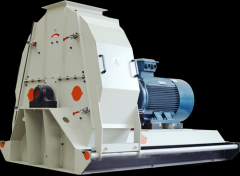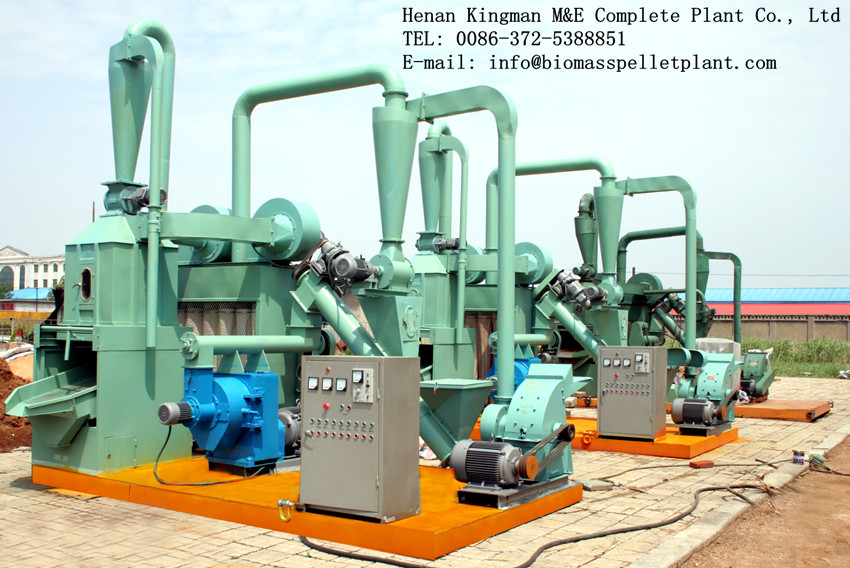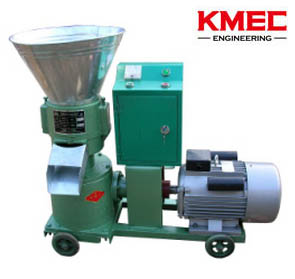Pellet market development in Canada part two
3. Consumption and Exports
Canada has rich oil and natural gas resources and over decades has developed a wide infrastructure for distribution. Most of Canada’s population is on a natural gas distribution system, the exceptions being remote northern communities and parts of Quebec and the Atlantic provinces, which are still on oil. The domestic market for pellets is very small, estimated at 100,000 tons annually. Approximately 1.3 million tons are exported annually, mostly from BC. Much of BC pellet production is in the interior 400–600 km from ocean ports. Pellets are shipped by rail either to the northern port of Prince Rupert, or south to Vancouver. While these ports have been enhanced over time, there are still inefficiencies that can be removed with investment. On the east coast, Enligna has exported from the port of Halifax for some time. With new pellet production in New Brunswick, the port of Belldune is increasingly being used for exports. Canada is aware of the Swedish model whereby large capacity was built initially to supply large power plants, and with assured pellet supply, a domestic heat market was subsequently built over time. Canada anticipates utilizing its forest resources to build capacity for exports, but over time anticipates an increasing amount will be used domestically. A larger domestic market has taken on increasing importance in the last year because of the unforeseen fall in the value of the Euro relative to the Canadian dollar. Pellet manufacturers are paid at Euro prices, and so revenues received for pellets often result in squeezed profits, especially for smaller plants. It is estimated that production was only 1.4 million tons, compared with capacity of 2.1 million tons in 2009, due to plant closures and production slowdowns. As such, the Canadian Bioenergy Association in 2011 began a new Go Pellets initiative to promote development of a domestic pellet market. Go Pellets will roll out regionally, beginning in the Atlantic provinces, BC, and the North West Territories, and later into Quebec andOntario. Because of the lack of pellet infrastructure and lack of knowledge of pellet utilization by consumers, it is projected that the domestic market will grow at a slow pace.
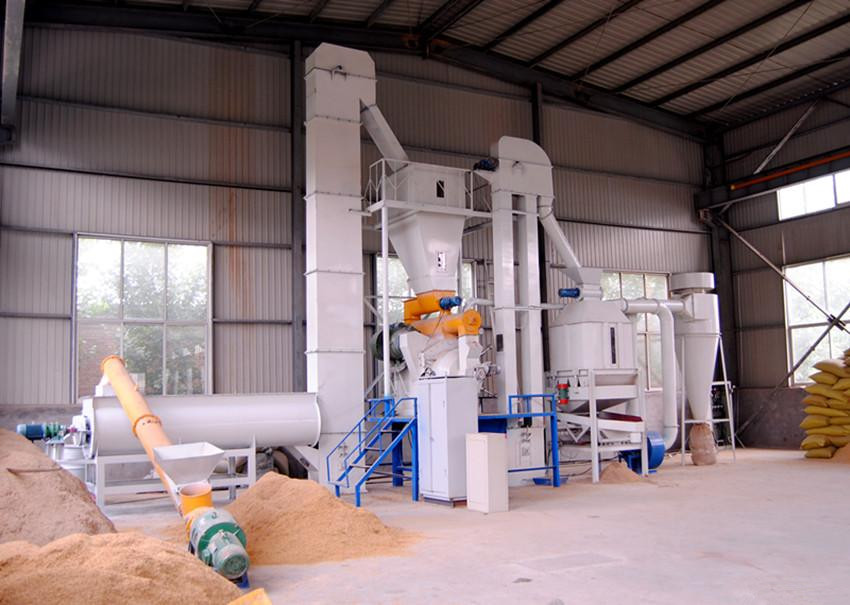
READ: How to start a pellet plant
4. Proposed Pellet Plants
Ontario Power Generation (OPG), Ontario’s largest power producer, is legally obligated to eliminate power production from coal by December 31, 2014. Its plan is to convert several generating units to biomass and natural gas, beginning with one unit at the Atikokan generating station, one unit at the Thunder Bay generating station, and then two units at Nanticoke on Lake Erie. Pellet testing has been going on at Atikokan for a couple of years. An explosion that occurred there in December 2009 because of unfamiliarity with pellets has led to a slowing down of the biomass conversion strategy, and even influenced a revised plan to convert some units to natural gas to replace coal. Atikokan will need 90,000 tons pellets annually, projected for 2012. If all four OPG generating units are converted to biomass, the demand for pellets will be 2–3 million tons by 2014. To ensure this supply, OPG requested proposals for pellet supply including price intentions. As a result, there are approximately 18 proposals to build pellet plants in Ontario. Of course not all will be built. Most of the wood resource in Ontario is owned by the Province, and while many of the proposals include a significant amount of private wood and wood rights from existing Sustainable Forest Licenses, many are dependent on receiving new wood supply agreements from the Province. Ontario is scheduled to begin allocating wood to bioenergy projects in early 2011, for pellet manufacturing, and also for bio-heat, bio-power, and bio-refinery projects. All of these proposed pellets plants hope to supply OPG, but most will be interested in the viability of the export market. While many of the plants will be in the far north of the province, the Great Lakes Seaway system is a low-cost transport option that has been used by the pulp and paper industry for decades that will enable low-cost transport to the ocean ports of Montreal and Quebec City. The port depth standard for the Great Lakes Seaway system is 24 ft (8metres), sufficient for small ocean-going vessels. There are several pellet plants at various stages of construction. Holson Forest Products began trials in November 2010, and is considered a producer. Atikokan Renewable Fuels has almost completed construction on a 127,000-ton pellet plant in Ontario and started up in the second quarter 2011. On January 12, 2011, Canadian Bio Pellet broke ground on a proposed 450,000-ton plant at Ingleside Ontario, but it is believed this project is still looking to complete financing. Ecoflamme has wood supply in place and has completed a plan for a 35,000-ton plant in Western Quebec, but it is still looking to complete financing and also improvement in the export market price. Industries Lacwood in Hearst has completed a 7,000-ton plant. In addition to these plants, there are at least 17 known projects with capacity of over 1 million tons in the planning stages. Not all of these will be built, and many await a stronger Euro price for export markets.
READ: GET TO KNOW HIGH-EFFICIENT RING DIE PELLET MILLS
5. Prices
Pellet export contracts are in Euros. Due to the collapse of the Euro in 2010 due to financial difficulties in several EU countries, mill nets at Canadian pellet plants have declined from $154/t to $125/t. However, the export price range rises up to USD 200-220 at the beginning of 2014.
6. Market Drivers
The chief market driving force comes from the search for new economic livelihood in communities following the winding down of the Canadian pulp industry due to globalization of pulp supply from low-cost regions, combined with the collapse of the sawmill industry before. These industries formed the backbone of the economy for many small communities across the country, and while some of the sawmill production will return, in many cases pulp mills and smaller inefficient sawmills have shut forever. These communities are searching for new sources of socioeconomic growth, many expecting to utilize newly freed-up wood supply. In BC, the mountain pine beetle infestation has killed a major proportion of Jack Pine trees in the interior. The BC government has been promoting utilization of this wood for traditional lumber and pulp products, and also for bioenergy and bioproducts. In the US, the Biomass Crop Assistance Program (BCAP) reduced the cost of fibre to US pellet plants giving them a $50/ton feedstock advantage over Canadian suppliers. As a result, the market for Canadian pellets in the US North East dried up; however, the BCAP benefit ended in April 2010 and US markets are opening up again. While the US market was essentially closed and the EU market becomes more attractive due to soaring prices, pellet manufacturers began to enter the European market again and blazed new trail in Asian market, which now appears to be a promising option. The short-term loss of two major export markets caused Canadian suppliers to seriously address the opportunity to grow the domestic market for pellets. The Canadian Bioenergy Association is now preparing a strategy to implement Go Pellets, a program to promote domestic use of pellets. It is still expected that most pellets will be exported. Canada expects to begin construction on a 30,000-ton demonstration plant that will produce pellets 15–20% with more density by volume than traditional pellets, reducing the cost of ocean transportation. The pellet would also be water-proof, thus making storage and transportation easier.
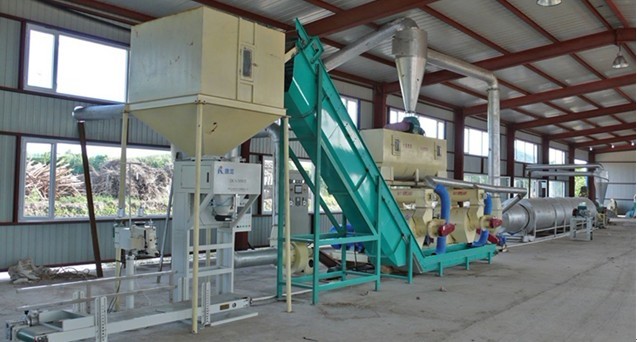
7. Future export scenario
Future export potentials are largely conjectural. As the pulp industry and sawmill industry wind down, demands for newly freed-up wood will be widespread for district heating, CHP, pellets, other transportable products, such as pyrolysis oil, torrefied wood, and bio-chemicals from bio-refineries. Pellet capacity is 2.1 million tons, but with planned expansions, proposed new plants, and future unannounced plants, capacity could reach 5.8 million tons by 2020. Domestic demand today is only 100,000, but in the long term it could reach 2.3 million tons by 2020, leaving export potential at 3.5 million tons, almost triple today's exports.
Link to Part One
News
- Small Pellet Machine Manufacturer-Kingman
- Application of Wood Pellets and Use of Biomass Pellets
- From Fossil Fuel into Biomass Pellet Fuel
- Biomass Pellet Making Machines Market
- Applying of pellet stoves for home use
- Highland pellets to build $130 million facility in arkansas
- How to deal with the blocked hammer mill
- How to Make Wood Pellets with Sawdust
- The government policy promotes the development of biomass fuel
- Market analysis of biomass pellet fuel
- Strategic positioning of renewable energy
- Biomass energy has pass through the pre assessment
- The key point of deep processing of biomass pellet
- Harbin is promoting the development of biomass machinery
- The development of biomass formation technology I
- The development of biomass formation technology II
- Biomass energy industry is now going full tilt in 2015
- Rapid increasing demand of sawdust pellet on the market
- Pellet fuel market in EU
- Chinese Biomass Energy Conference held in Beijing
- Future market development of straw pellet mill
- Peanut Shell Pellet Mill Makes High Quality Pellets
- The utilization of straw is only 5%, biomass energy needs our attention!
- Corn straw pellet machine relieves the tight supply of fuel energy
- Reasons for loose or not forming of biomass pellet mill


